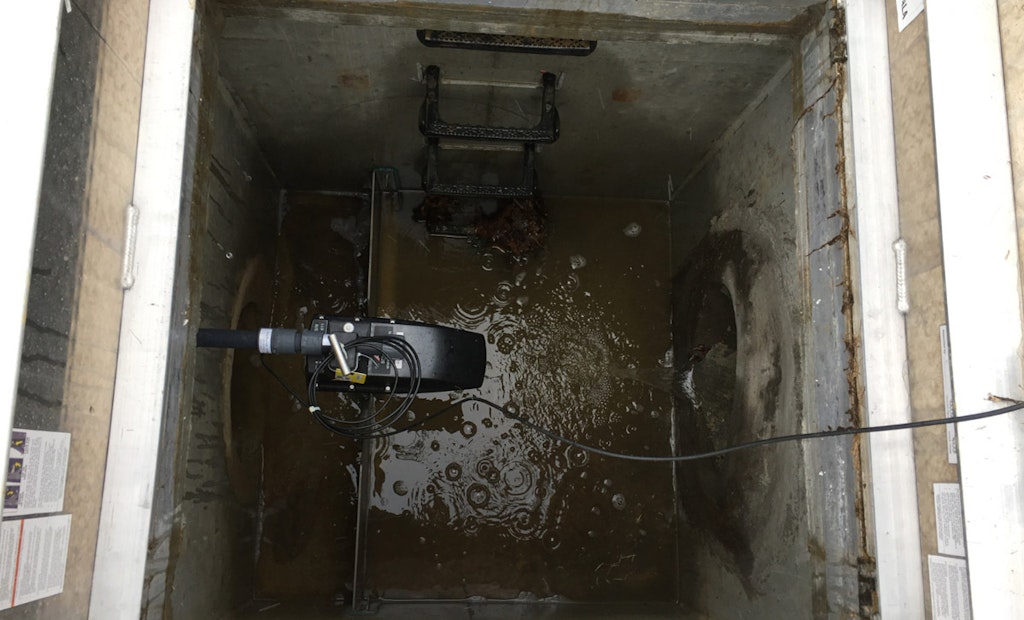Level monitors used to measure green infrastructure performance
Problem: It is well established that green infrastructure or nonstructural programs can be effective in reducing stormwater runoff volume and pollution from urban areas. One Tennessee utility put their GI investment...






